When it comes to strength training, the power rack is one of the most valuable pieces of equipment you can have. Whether you’re working out at home or in a commercial gym, a well-designed power rack can provide the foundation for countless exercises while ensuring safety and stability. Integrating the power rack into your exercise routine can help achieve personal fitness goals.
In this guide, we’ll walk you through the key steps to using a power rack effectively, along with tips for maximizing your training sessions. Whether you’re a beginner or an experienced lifter, this versatile piece of equipment will help you achieve your fitness goals.
Why Choose a Power Rack?
A power rack is one of the most versatile pieces of gym equipment, offering a combination of versatility, safety, and convenience. With its adjustable J-hooks and safety bars, it allows you to perform a wide range of exercises, from squats to bench presses and pull-ups. It’s the ultimate companion for both compound and isolation movements, providing a stable platform for all your lifting needs.
The squat rack, in particular, is highly versatile and can be used for various exercises beyond just traditional squats, including bench presses, deadlifts, and other compound exercises.
Additionally, compact designs like the 2x2 power rack are perfect for home gyms where space is limited but you don’t want to compromise on functionality.
Step-by-Step Guide to Using a Power Rack
Step 1: Adjust the J-Hooks and Safety Bars
Before starting any exercise, make sure the J-hooks and safety bars are positioned correctly. For squats, the bar should rest just below shoulder height. For bench presses, the bar should sit at a comfortable height that allows for an easy unrack without overstretching.
Proper setup is crucial for both performance and safety, as it allows for smooth movement and easy reracking. Adjusting the J-hooks and safety bars to the appropriate height is essential to use the squat rack safely and prevent injury.
Step 2: Get Into Position
For squats, position yourself facing the power rack with your feet shoulder-width apart. Duck under the bar, letting it rest across your upper back. Grip the bar firmly and ensure it’s centered. A proper squat warm-up is essential to prepare your muscles and joints, involving lighter sets, dynamic stretches, and specific movements to ensure readiness for the intensity of a squat workout.
For bench presses, set up a bench inside the rack, making sure the barbell is positioned right above your chest. Find a grip that feels comfortable and secure before beginning your set.
Perform the Lift: Squat Rack Exercises
Executing the lift properly is key to avoiding injury and maximizing your results. Performing the lift correctly engages the entire body, ensuring proper form and effectiveness. Here’s how to master both squats and bench presses:
Squats:
-
Activate your core muscles, hold your chest high, and ensure your spine stays in a natural, straight alignment.
-
Begin the movement by hinging at the hips, lowering yourself as if sitting into a chair. Your knees should align with your toes throughout the movement.
-
Aim to lower yourself until your hips break parallel, then drive through your heels to return to a standing position.
Bench Press:
-
Engage your core, keep your feet flat on the ground, and ensure your back is in a neutral position.
-
Lower the bar in a controlled manner to your chest, keeping your elbows at about a 45-degree angle. Then, press the bar back up, focusing on chest and triceps engagement. Incorporating flat bench presses into your workout routine can enhance pectoral development and overall upper body strength, offering a variety of exercises that can be performed with the assistance of a squat rack.
Step 4: Safely Re-Rack the Barbell
Once your set is complete, carefully place the barbell back onto the J-hooks or safety bars. Ensure it is securely locked into place before releasing your grip.
Key Safety Tips for Using a Power Rack
While the power rack is designed to make strength training safer, it’s essential to keep some basic safety tips in mind:
Use Weight Collars
Secure the weight plates with collars to prevent them from sliding off unexpectedly, which can be both dangerous and disruptive during your lifts.
Warm-Up Properly
Always start with a proper warm-up to prepare your muscles and joints for heavier lifts. Begin with lighter weights and dynamic stretches to reduce the risk of injury.
Progress Gradually
When lifting heavier weights, prioritize form over weight. Gradually increase your load to build strength safely without overloading too soon.
Keep Your Workout Area Clear
Ensure that the area around the power rack is free from obstacles to avoid accidents, especially when performing movements like squats or bench presses.
Squat racks provide safety and stability during heavy lifting, making them a preferred choice for strength training.
Frequently Asked Questions
Q: Can I use the power rack for more than just squats?A: Absolutely! Power racks are highly versatile and can be used for various exercises, including bench presses, overhead presses, pull-ups, and even accessory work like rows and shrugs. Additionally, learning how to use a squat rack properly can help you safely perform squats and other barbell exercises, making it an essential piece of equipment for any weightlifting routine.
Q: Do I need a spotter when using a power rack?A: While a spotter can be beneficial for heavy lifts, the built-in safety bars of a power rack provide added security, allowing you to lift without a spotter in most cases. In weightlifting, a squat stand plays a crucial role by offering space efficiency and adjustability for performing squats and other exercises. However, unlike squat racks, squat stands lack the stability and safety features, making a physical spotter necessary for heavy lifts.
Q: How do I ensure I’m using proper form?A: Proper form is critical for preventing injury and maximizing gains. If you’re unsure about your technique, consider working with a trainer or recording your lifts to compare against professional form guides.
Conclusion
A power rack is an essential tool for anyone serious about strength training. With its ability to support a wide range of exercises and its built-in safety features, it allows you to lift heavier and train harder with confidence. By following the steps and safety tips outlined above, you can take full advantage of your power rack and elevate your workout routine. Understanding and applying proper technique is crucial for improving your form, enhancing your workouts, and avoiding injuries. Additionally, the variety of squat rack exercises you can perform will help you build overall strength and target multiple muscle groups.
Ready to take your lifting to the next level? Invest in a reliable power rack today and watch your strength soar!


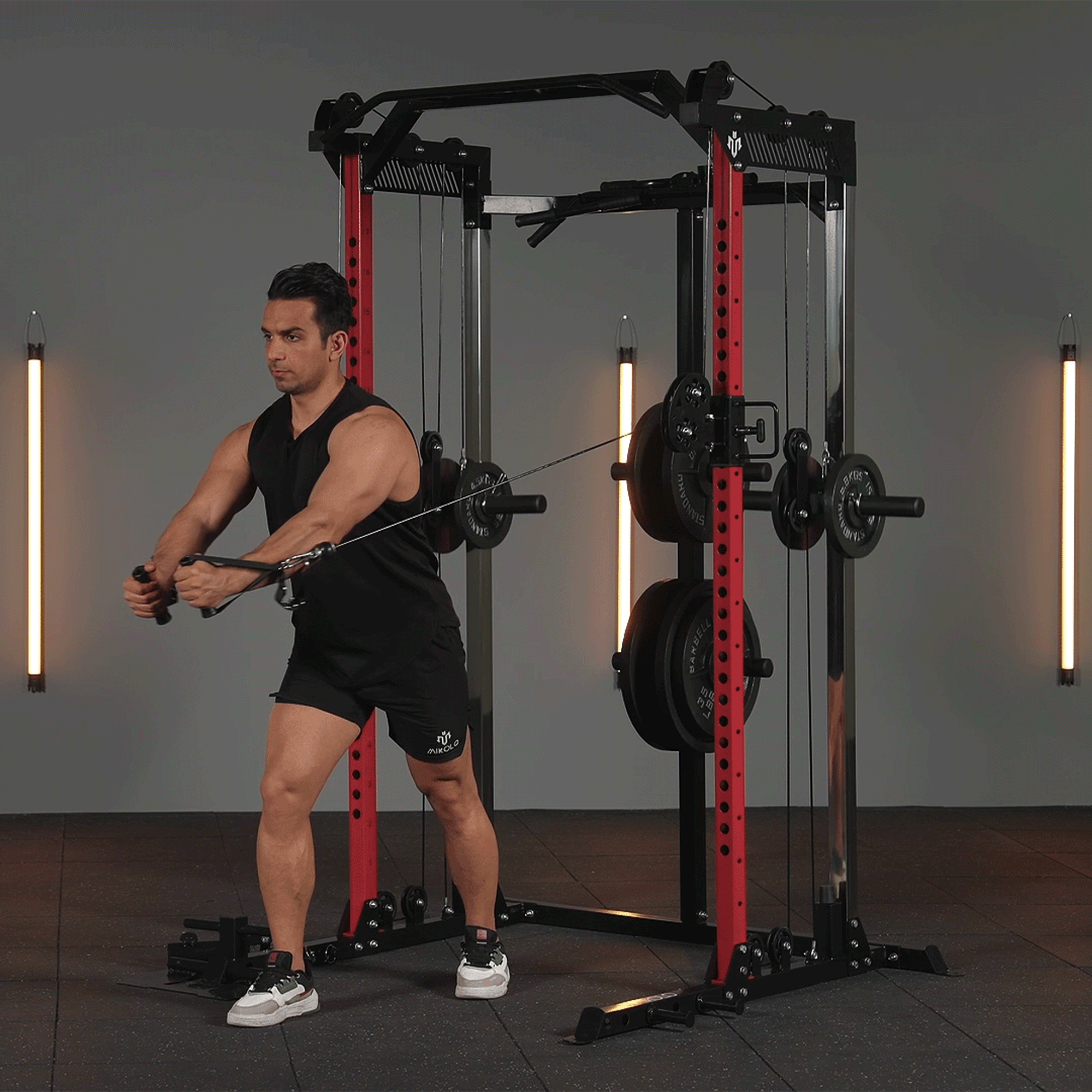


















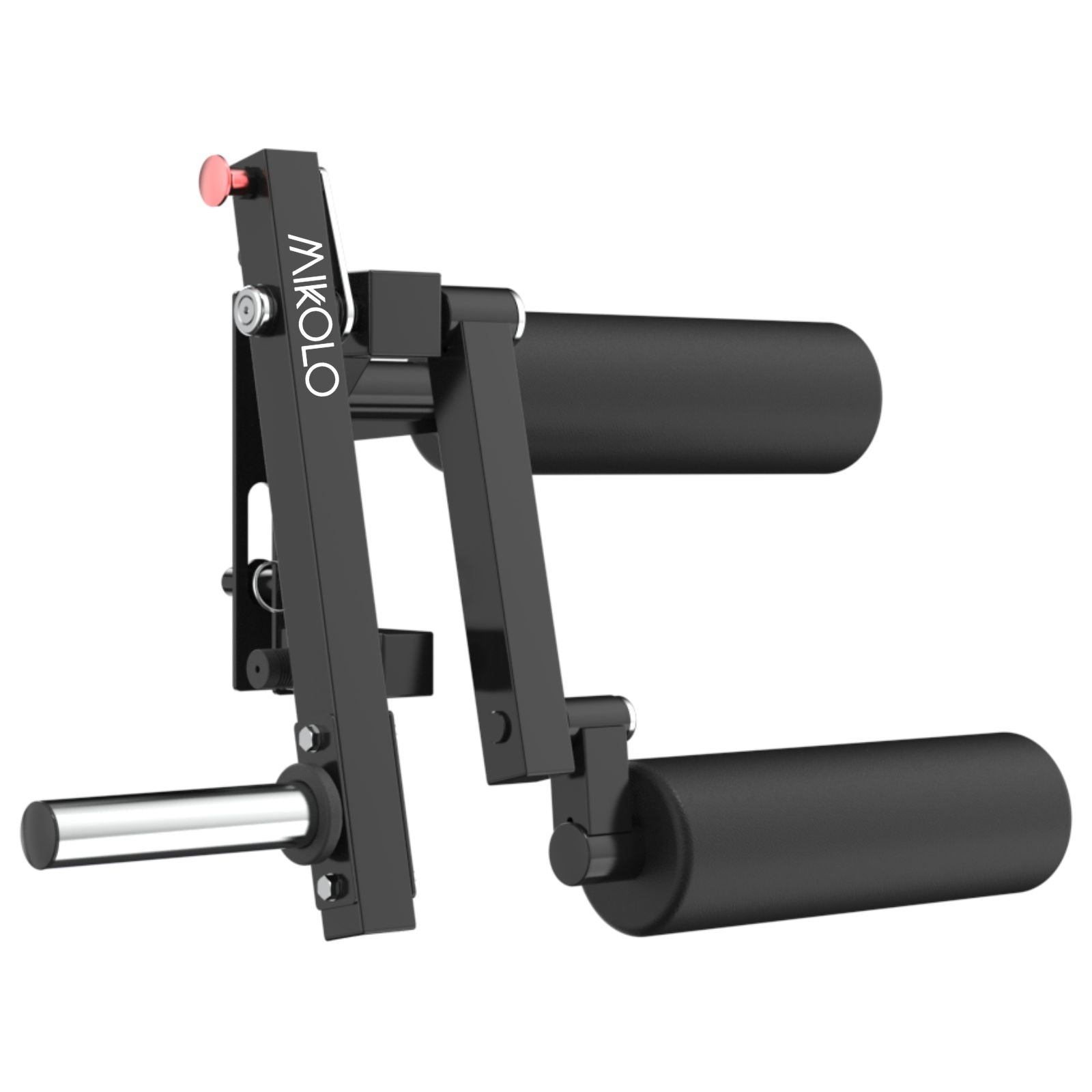















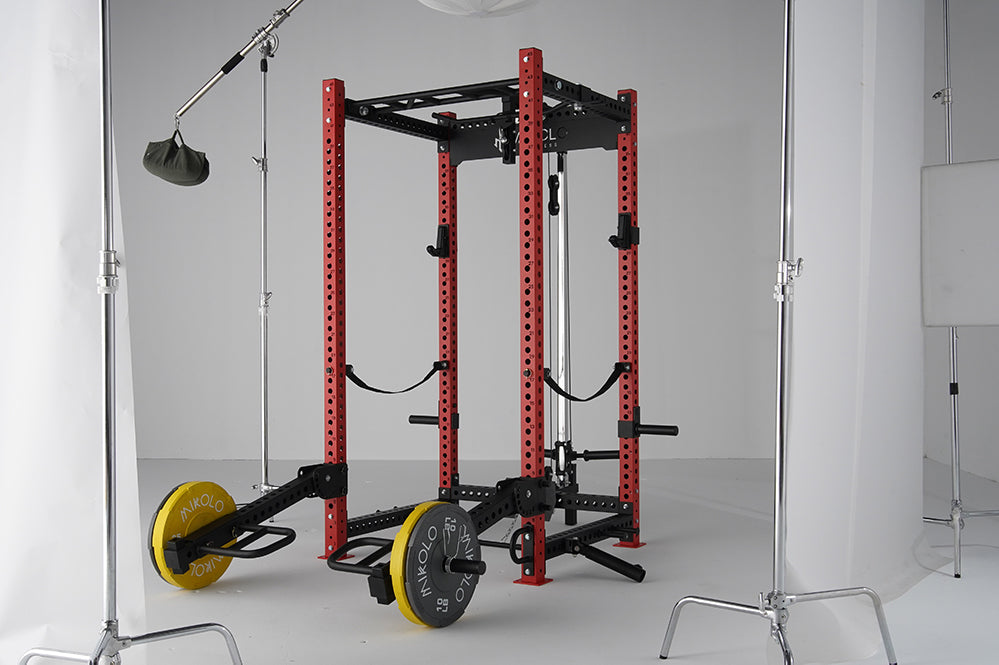
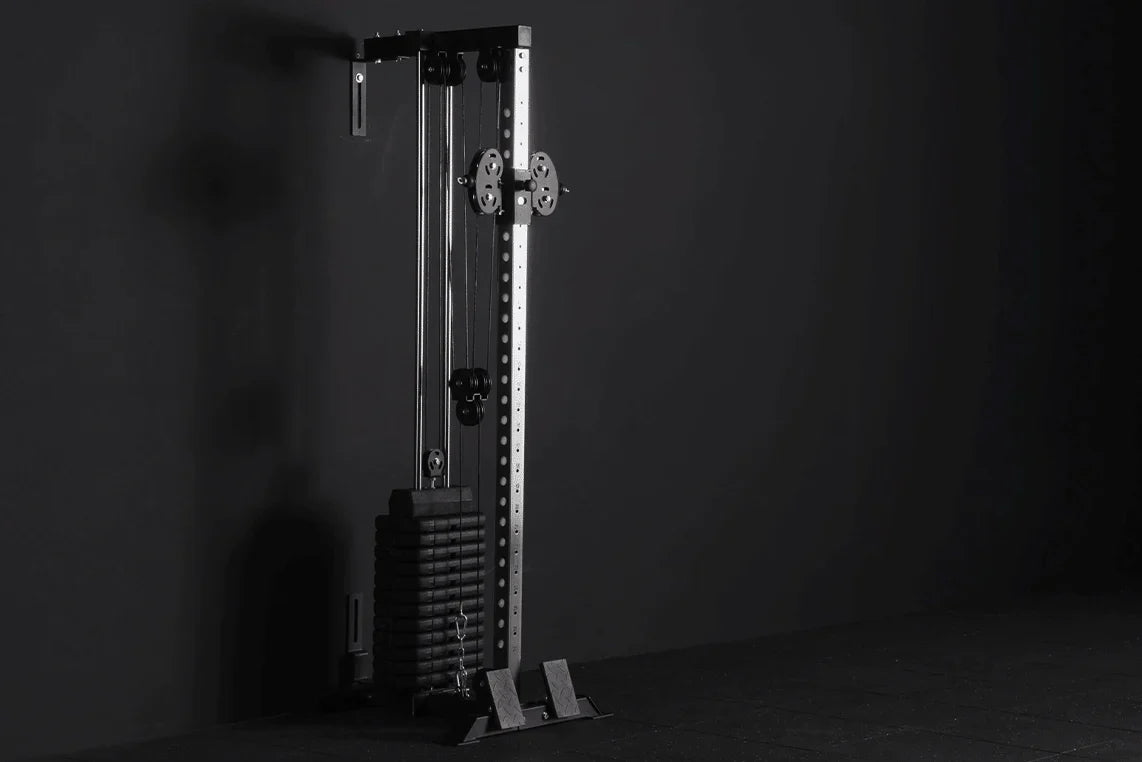
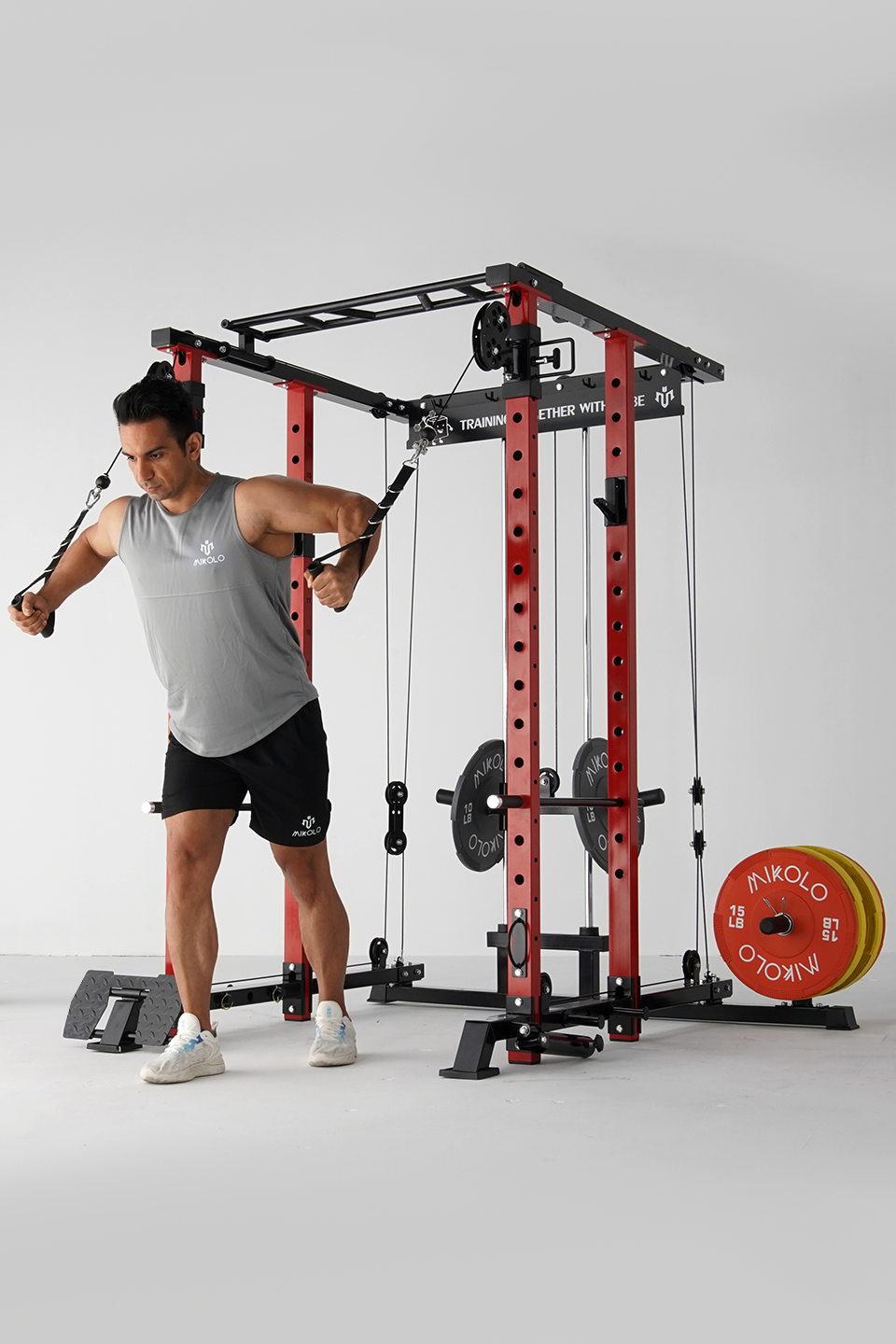
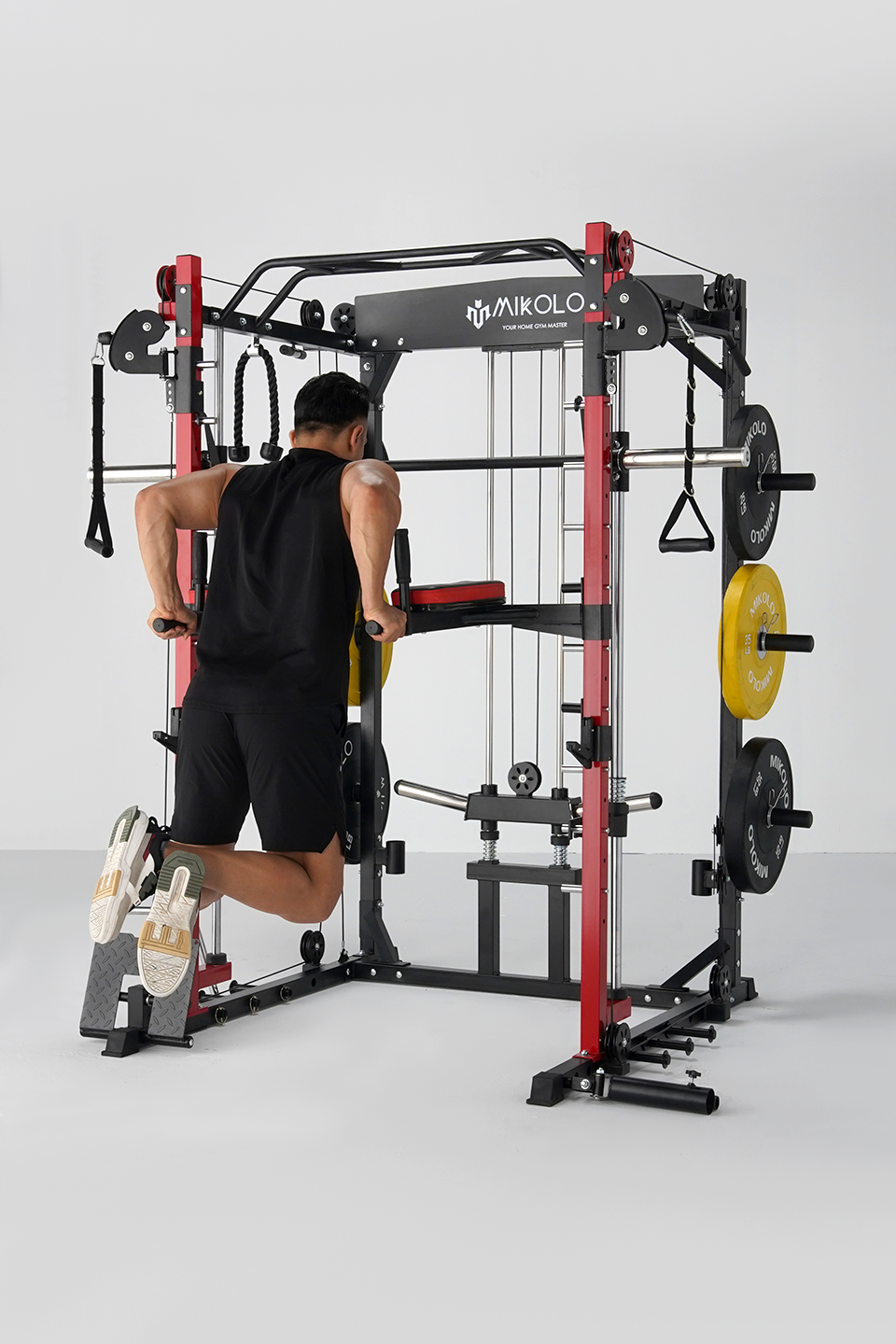


Leave a comment
This site is protected by hCaptcha and the hCaptcha Privacy Policy and Terms of Service apply.